When it comes to filling your grocery cart with fruits and vegetables, the debate between organic and conventional produce often takes center stage. While organic options are celebrated for being pesticide-free and environmentally friendly, conventional produce is typically more affordable and widely available. But beyond these well-known points, there are some surprising facts that could change the way you view both options. Here are some facts about organic vs. conventional produce that might just surprise you.
Contents
- 1 Nutrient Content Variability
- 2 Pesticide Residue Levels
- 3 Environmental Impact
- 4 Cost to the Consumer
- 5 Taste Differences
- 6 Soil Health
- 7 Use of GMOs
- 8 Antibiotic Use in Conventional Farming
- 9 Impact on Biodiversity
- 10 Regulation and Certification
- 11 Shelf Life
- 12 Carbon Footprint
- 13 Global vs. Local Sourcing
- 14 Impact on Farmers
- 15 Health Perceptions
- 16 Pest Control Methods
- 17 Water Usage
- 18 More From RetailShout
- 19 15 Dollar Tree Snacks That Are Worth Stocking Up On
- 20 13 Uncommon Nuts and Legumes That Fuel Your Body
Nutrient Content Variability
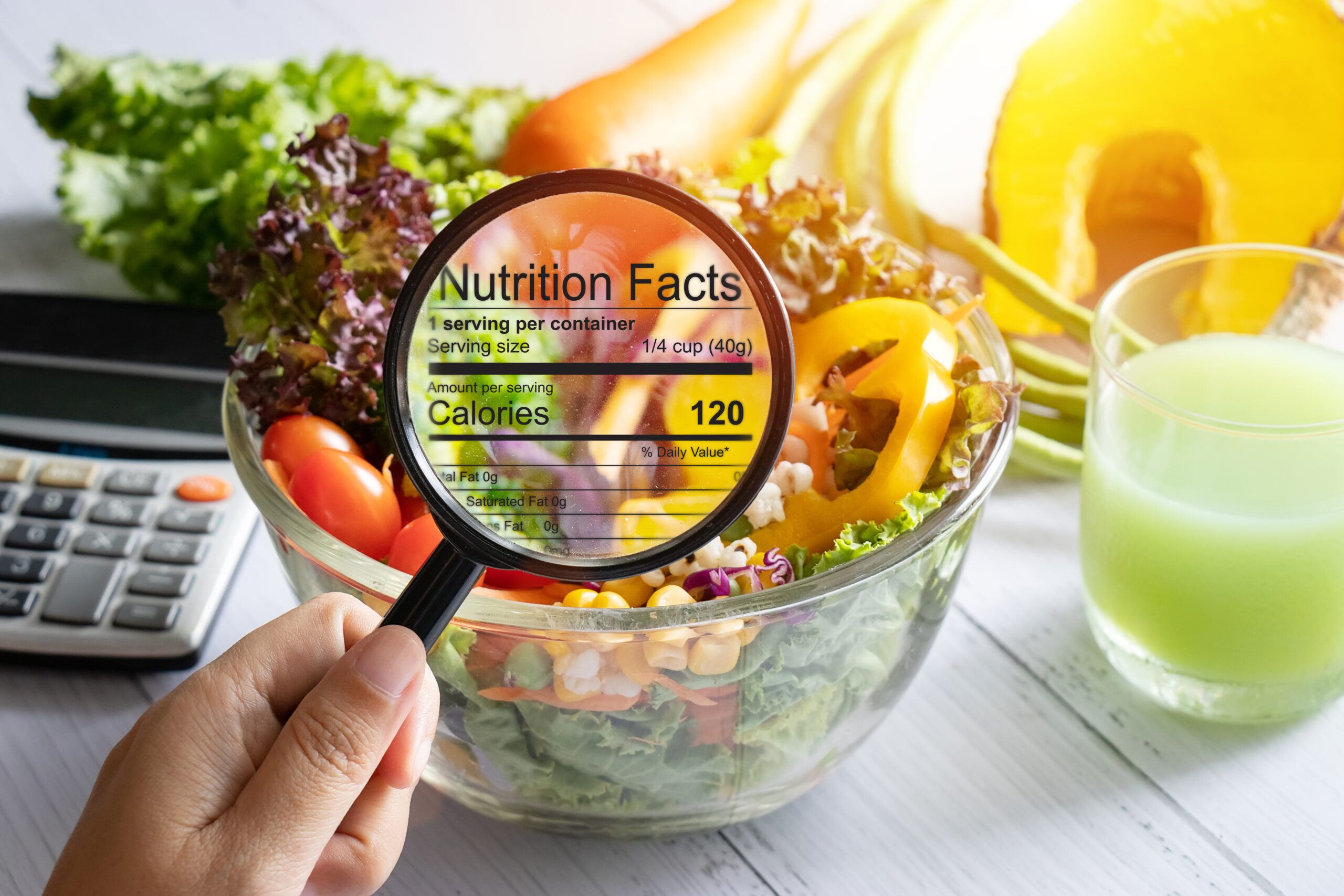
While organic produce is often touted as being more nutritious, studies show that the differences in nutrient content between organic and conventional produce are not as significant as many believe. Some organic fruits and vegetables may have slightly higher levels of certain vitamins and minerals, but the overall impact on health is minimal. Factors like soil quality, weather, and farming practices play a more substantial role in nutrient variability. The key is consuming a variety of fresh produce, regardless of its organic status.
Pesticide Residue Levels

Organic produce typically has lower pesticide residues than conventional produce, but “lower” does not mean “none.” Conventional produce can have higher pesticide residues, but they generally fall within safety limits established by regulatory bodies. Washing fruits and vegetables thoroughly can reduce residues even further, regardless of whether they are organic or conventional. It’s worth noting that some organic pesticides are still used, but they are often less toxic than synthetic ones used in conventional farming.
Environmental Impact

Organic farming practices are often considered more environmentally friendly due to the absence of synthetic pesticides and fertilizers. However, the lower yields from organic farms mean that more land is required to produce the same amount of food as conventional farms. This can lead to deforestation and habitat destruction if not managed carefully. Conventional farming, on the other hand, is more efficient in terms of land use but can be more damaging to the environment due to its reliance on chemicals.
Cost to the Consumer

Organic produce is generally more expensive than conventional produce, sometimes by a significant margin. The higher cost is due to more labor-intensive farming practices, smaller scale production, and the certification process. While some consumers are willing to pay a premium for organic products, others find it difficult to justify the cost, especially when nutrient differences are minimal. Budget-conscious shoppers often opt for conventional produce to get more for their money.
Taste Differences

Many people believe that organic produce tastes better than conventional produce, but taste is subjective and influenced by many factors. Studies have shown mixed results, with some suggesting slight differences in taste and others finding no significant difference. The freshness of the produce, rather than its organic status, is a more critical factor in determining taste. Often, locally sourced produce, whether organic or conventional, offers the best flavor.
Soil Health

Organic farming practices emphasize maintaining and improving soil health through crop rotation, composting, and reduced tillage. Healthy soil can enhance the nutritional content of the crops and contribute to long-term sustainability. Conventional farming often relies on synthetic fertilizers that can lead to soil degradation over time if not managed properly. The emphasis on soil health in organic farming is a significant factor in its environmental appeal.
Use of GMOs

Organic farming strictly prohibits the use of genetically modified organisms (GMOs), while conventional farming often utilizes them to improve crop yields and resistance to pests. Some consumers prefer organic produce because of the absence of GMOs, associating it with natural and safer food. However, GMOs used in conventional farming are extensively tested for safety and are considered safe by many scientific organizations. The debate over GMOs continues, influencing consumer choices between organic and conventional produce.
Antibiotic Use in Conventional Farming

Antibiotics are not used in the cultivation of conventional fruits and vegetables, but they are sometimes used in conventional livestock farming. Organic livestock farming prohibits the use of antibiotics, which appeals to consumers concerned about antibiotic resistance. However, this does not directly impact produce, as antibiotics are not applied to crops. The distinction is more relevant when choosing between organic and conventional meat products.
Impact on Biodiversity
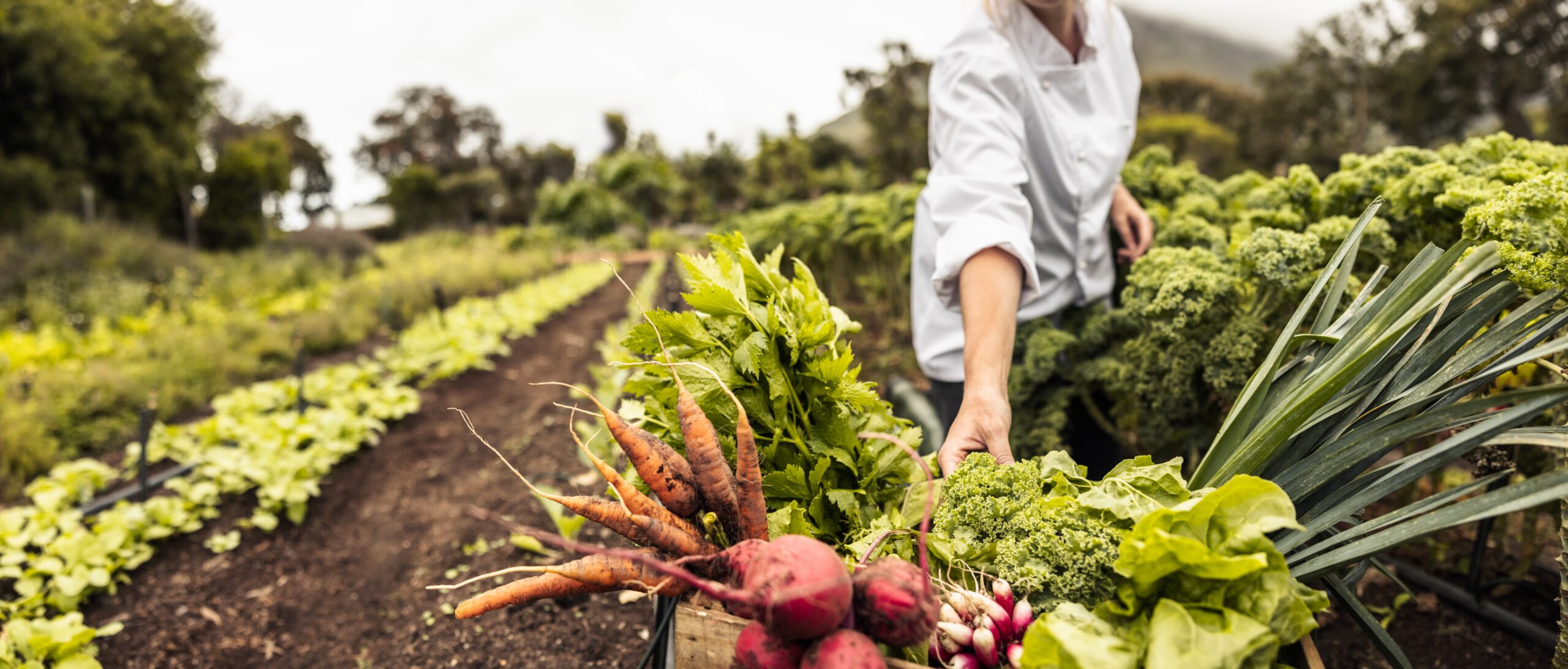
Organic farming practices tend to promote biodiversity by avoiding synthetic pesticides and encouraging a variety of crops. This can lead to a more balanced ecosystem, supporting a wide range of plant and animal species. Conventional farming often focuses on monoculture, which can reduce biodiversity and increase vulnerability to pests and diseases. The preservation of biodiversity is a key argument for supporting organic agriculture.
Regulation and Certification

Organic produce must meet strict regulations and undergo certification processes to ensure it adheres to organic farming practices. This includes not using synthetic pesticides, fertilizers, or GMOs. Conventional produce does not require the same level of certification, allowing for a wider range of farming practices. The certification process for organic farming adds to the cost but provides consumers with assurance about the farming methods used.
Shelf Life

Organic produce often has a shorter shelf life compared to conventional produce because it is less likely to be treated with preservatives or waxes. This can lead to faster spoilage, which is a consideration for consumers who want to minimize food waste. Conventional produce, with its extended shelf life, may be more practical for those who need their food to last longer. However, eating fresh produce quickly after purchase, regardless of type, is generally recommended for the best taste and nutritional value.
Carbon Footprint

The carbon footprint of organic produce can sometimes be higher than that of conventional produce due to lower yields and the need for more land. Additionally, organic farms may use more fuel and resources per unit of food produced. Conversely, conventional farming’s heavy reliance on synthetic fertilizers and pesticides also contributes to greenhouse gas emissions. The overall carbon footprint of produce is complex and depends on numerous factors, including transportation, farm practices, and food waste.
Global vs. Local Sourcing
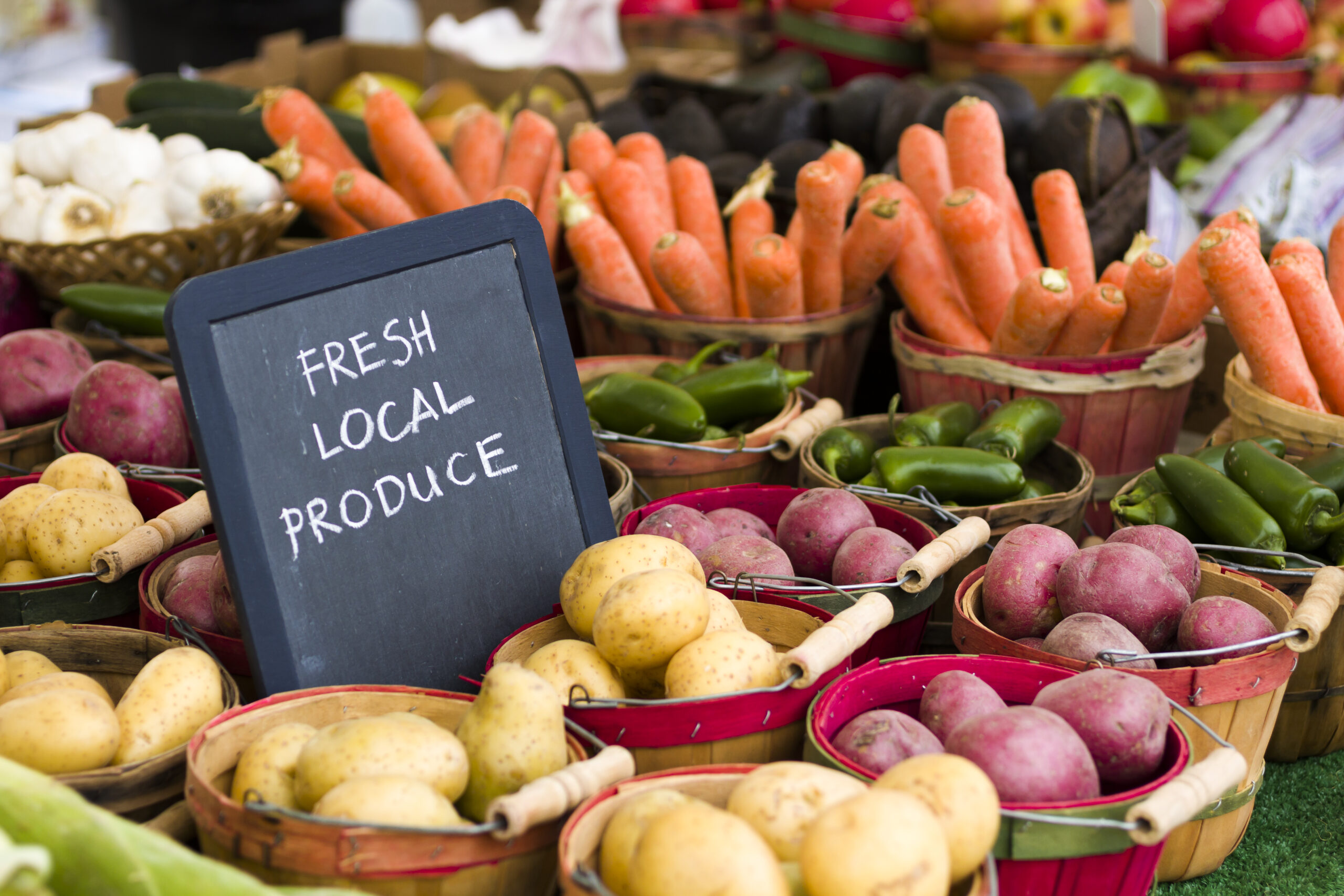
Organic produce is not always locally sourced, and in some cases, it may be imported from other countries. This can lead to a higher carbon footprint due to transportation. On the other hand, conventional produce is often grown closer to home, reducing the need for long-distance transportation. Choosing locally grown produce, whether organic or conventional, can reduce the environmental impact of your food choices.
Impact on Farmers

Organic farming can be more labor-intensive and challenging, but it often provides higher profit margins for farmers due to the premium prices of organic produce. Small-scale farmers may find organic farming more sustainable and rewarding, despite the challenges. Conventional farming allows for larger-scale operations with potentially higher yields, but profit margins can be lower due to the lower prices of conventional produce. The choice between organic and conventional farming often depends on the farmer’s resources and market access.
Health Perceptions

Many consumers perceive organic produce to be healthier and safer than conventional produce, even if scientific evidence shows minimal differences in nutrient content. This perception drives the demand for organic products and influences purchasing decisions. Marketing and labeling play a significant role in shaping these perceptions, with organic labels often associated with quality and health. Understanding the realities of organic and conventional farming can help consumers make more informed choices.
Pest Control Methods
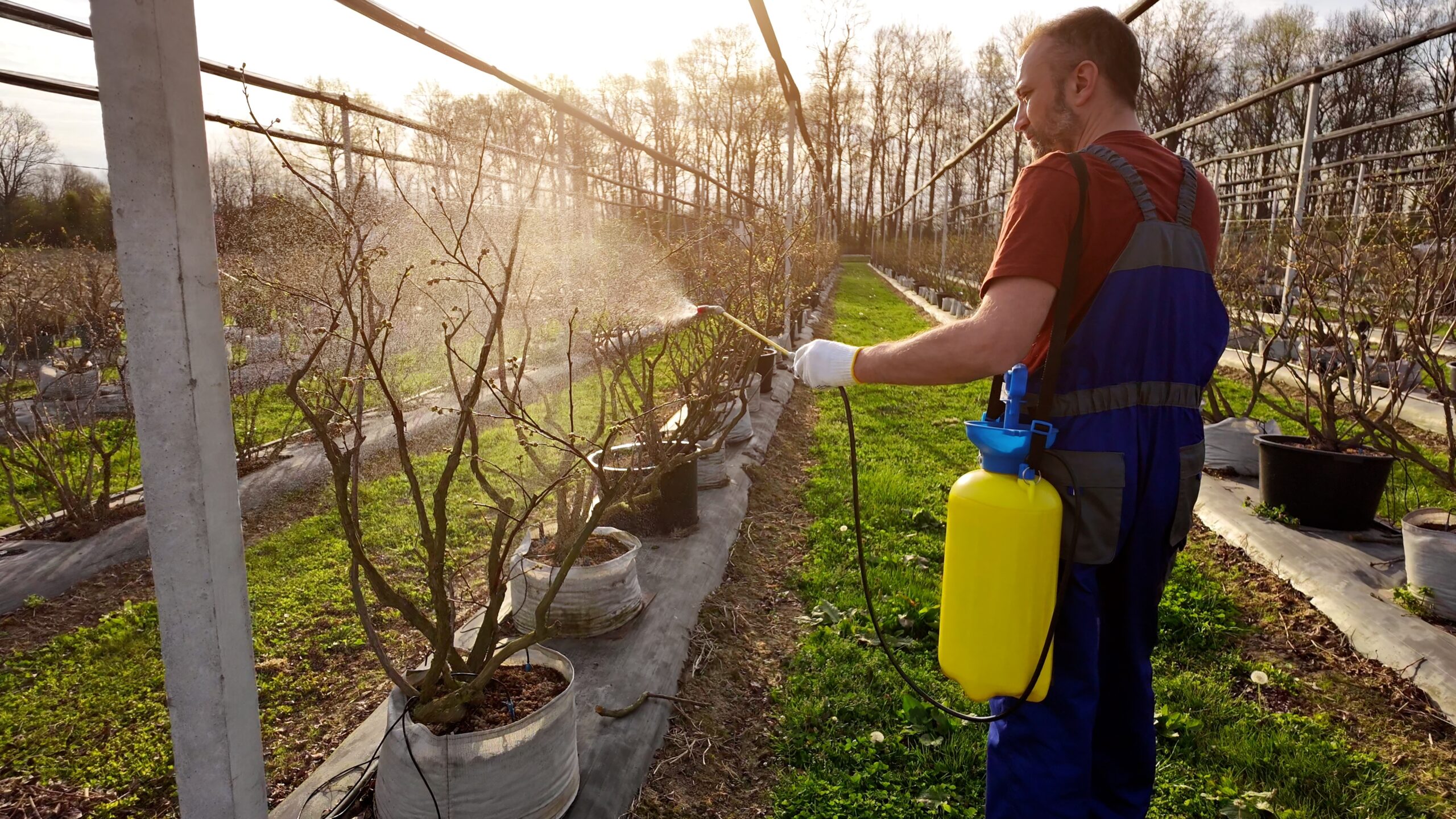
Organic farming uses natural pest control methods, such as introducing beneficial insects, crop rotation, and natural pesticides. These methods can be effective but may not always be as reliable as synthetic pesticides used in conventional farming. Conventional farmers have access to a broader range of pest control options, allowing them to manage pests more efficiently. However, the use of synthetic pesticides raises concerns about environmental impact and residue on produce.
Water Usage
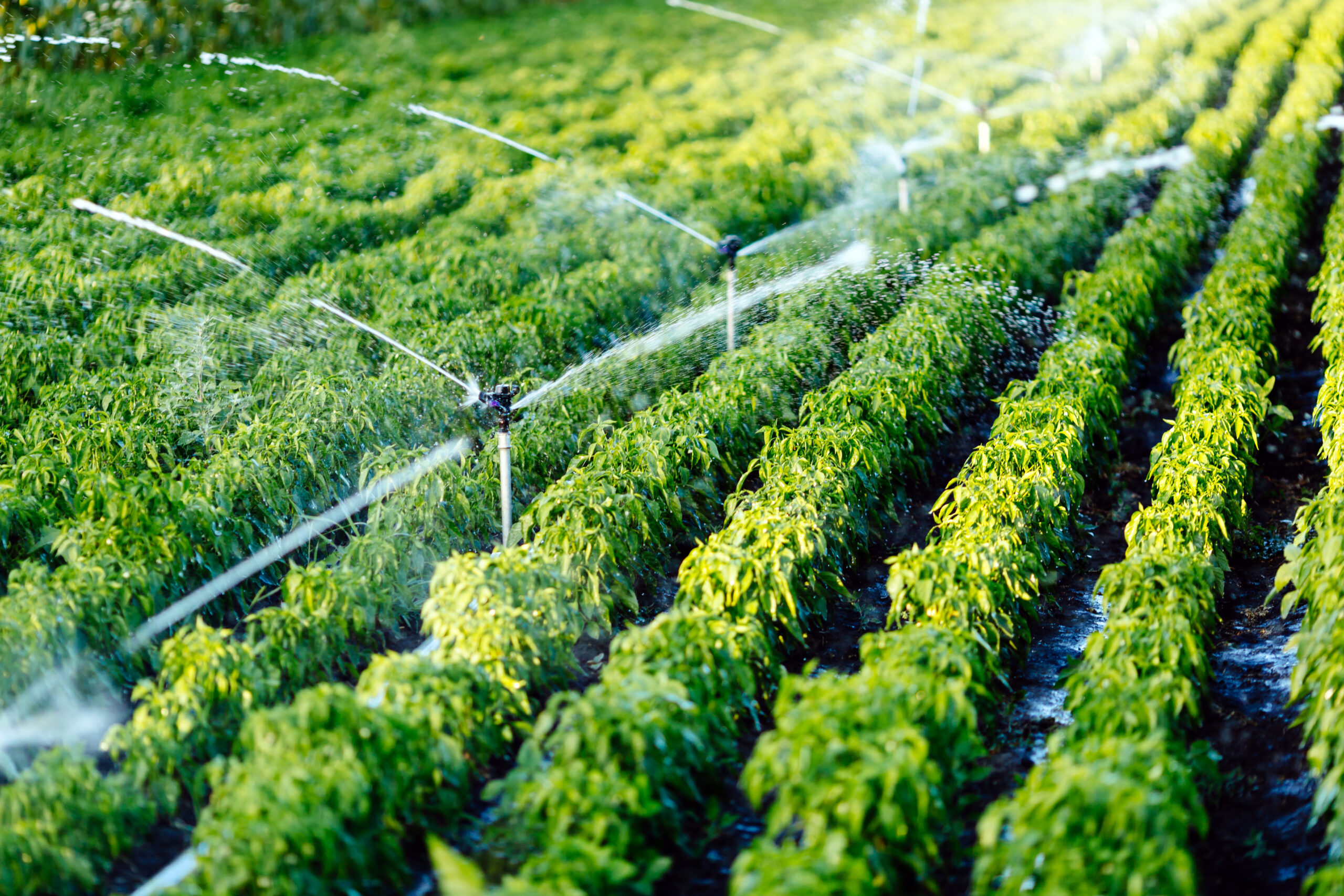
Water usage in organic farming can be higher due to the need for more land and crops to achieve similar yields as conventional farming. However, organic farming practices like mulching and crop rotation can improve soil moisture retention and reduce the need for irrigation over time. Conventional farming, with its emphasis on efficiency, may use water more sparingly per unit of food produced. Water conservation practices are essential in both organic and conventional farming to ensure sustainable agriculture.
This article originally appeared on RetailShout.
More From RetailShout
15 Under-the-Radar Leafy Greens with Surprising Health Benefits

When we think of leafy greens, spinach, kale, and lettuce are usually the first that come to mind. But there’s a whole world of lesser-known greens that pack an impressive nutritional punch. Read More.
15 Dollar Tree Snacks That Are Worth Stocking Up On
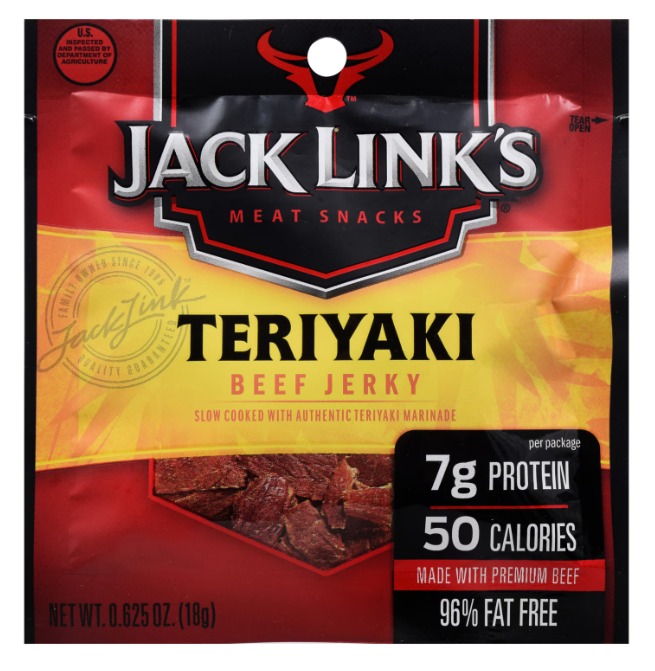
Finding good snacks at a low price can sometimes feel like a challenge, but Dollar Tree makes it easy. They have a wide range of tasty treats that won’t break the bank, and many of them are surprisingly delicious. Read More.
13 Uncommon Nuts and Legumes That Fuel Your Body
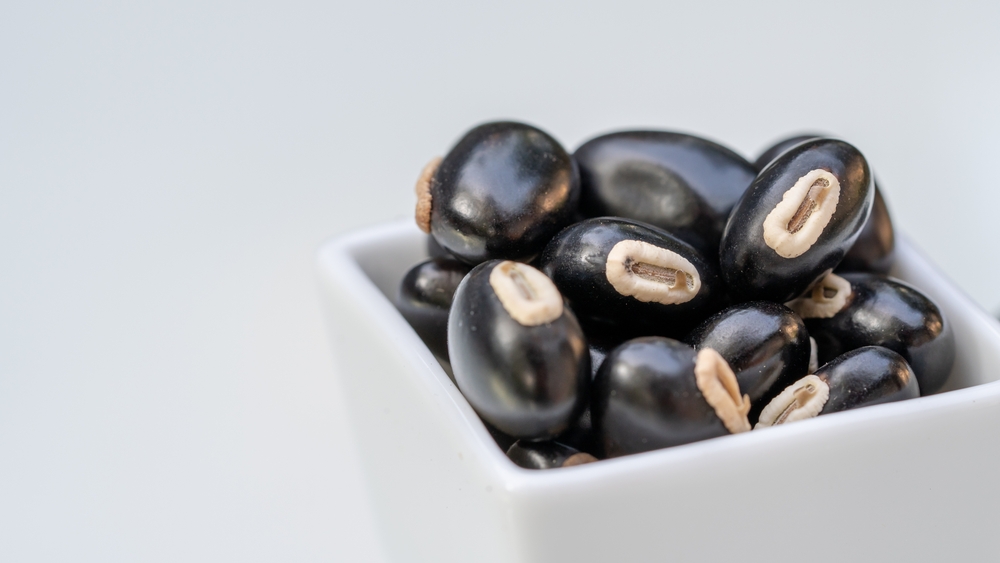
When it comes to healthy snacks and meals, nuts and legumes are often the go-to choices for fueling your body. While common options like almonds and peanuts dominate the scene, there’s a world of lesser-known varieties packed with nutrients waiting to be discovered. Read More.






